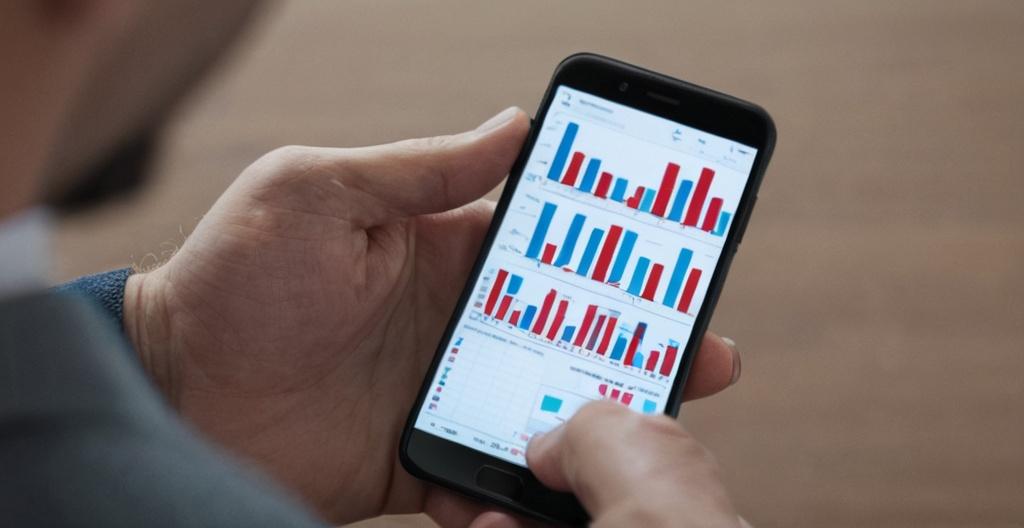Key Take Aways About Commodity Channel Index (CCI)
- CCI, developed by Donald Lambert, identifies cyclical trends across various markets.
- The index compares current prices to their average over a specified period.
- Values above +100 or below -100 indicate overbought or oversold conditions.
- Traders often use CCI with other indicators for clearer signals.
- CCI can produce false signals, especially in volatile markets; risk management is crucial.
- Adjusting the default CCI period can suit different trading styles.
- CCI is useful but should be part of a diversified trading strategy.

Introduction to Commodity Channel Index (CCI)
The Commodity Channel Index, often abbreviated as CCI, is one of those handy indicators in the toolbox of traders and analysts everywhere. Developed by Donald Lambert, this tool has become a go-to for identifying cyclical trends in the commodities market. The name might suggest it’s only for commodities, but traders apply it across various markets like stocks and forex.
How CCI Works
The CCI works by comparing the current price to its average over a specified period. It’s like the financial world’s equivalent of keeping up with the Joneses—how much better or worse are you performing relative to an average? If the CCI is way above zero, it indicates that prices are higher than the average, which might mean they’re primed for a correction. On the flip side, a low CCI suggests that prices are lower than the average, possibly signaling a buying opportunity.
Calculating CCI
The formula to calculate the CCI is straightforward:
CCI = (Typical Price – Simple Moving Average) / (0.015 x Mean Deviation)
Where the Typical Price is the average of the high, low, and closing prices, the SMA is the average of the Typical Prices over a chosen number of periods, and the Mean Deviation is the mean of the typical price deviations.
Getting Into the Numbers
For those less into technical mumbo-jumbo, the key lies in the constant 0.015. It standardizes the index so that about 70% to 80% of the CCI values fall between -100 and +100. This means anything outside this range can often indicate overbought or oversold conditions.
Applying CCI in Trading
Traders have their own secret sauce when it comes to using CCI. Some look for entries and exits when the CCI crosses above or below these key levels: +100 and -100. It’s like their magic number, where crossing above +100 suggests a buy, and dipping below -100 rings those sell bells.
Using CCI in Conjunction with Other Indicators
While CCI can be useful on its own, pairing it with other indicators often gives clearer signals. Popular choices include moving averages (for trend confirmation) or MACD (to spot momentum shifts). After all, nobody wants to make decisions based on a single data point—even if it’s a good one.
Potential Limitations of CCI
No indicator is a silver bullet, and CCI is no exception. It can produce false signals, especially in volatile markets. Being right about 80% of the time doesn’t count for much if the 20% of the time you’re wrong, things go south really fast. It’s important to always have stop-loss orders in place and be ready to adapt.
Real-world Example of CCI at Work
Once upon a time, in a trade not so far away, a budding trader named Alex decided to try out CCI. Spotting that the CCI was moving above the +100 threshold, Alex decided to go long on a stock. But alas, the market had other plans. The stock didn’t just retrace, it took a nosedive. Learning the hard way, Alex realized the importance of not relying solely on CCI and began integrating additional indicators into their strategy.
Customizing the CCI
Many traders tweak the default 14-period CCI to suit their trading style. Short-term traders might use a shorter period like 5 or 10, while those with a longer outlook might settle on 20 or 30. The key is testing different settings to see what fits your trading rhythm.
Conclusion: Is CCI Right for You?
There you have it, folks, the Commodity Channel Index in all its glory and pitfalls. While it’s useful for identifying potential reversals or continuations, keep in mind it’s not the holy grail. Test it, tweak it, and most importantly, never put all your eggs in one basket. Trading isn’t just about spotting patterns; it’s about managing risks and being prepared for the unexpected. Add CCI to your arsenal, mix it with a few other tools, and you might just find yourself making smarter trades. Happy trading!